For home cooks seeking to transform everyday chicken dishes into gourmet experiences, this guide reveals how to expand the classic herbes de Provence blend with scientifically grounded flavor pairings. While traditional thyme and rosemary create aromatic depth, modern flavor chemistry shows that strategic additions activate synergistic taste receptors—elevating simple roasts into multi-sensory culinary events.
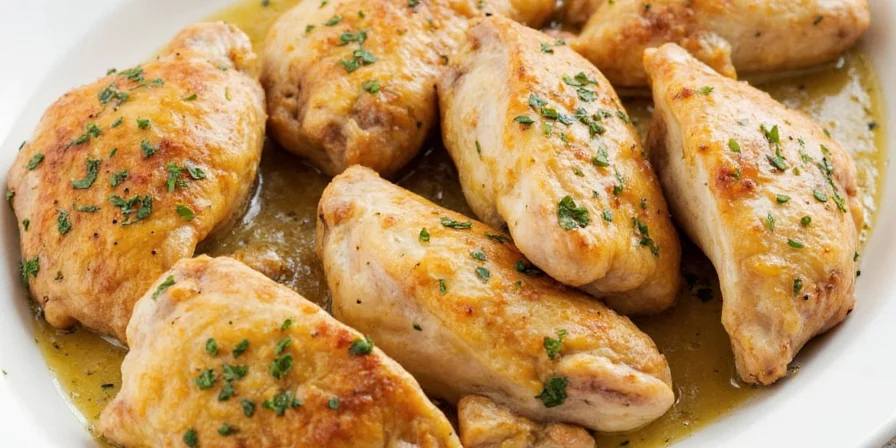
Why Herbs de Provence Is the Ultimate Chicken Companion
The rustic charm of southern France's signature blend lies in its terroir-driven composition. Recent flavor mapping research reveals that Provence herbs contain overlapping volatile compounds with poultry fat, creating natural flavor amplification. But true innovation emerges when we introduce complementary spices that target different taste pathways—activating umami receptors while balancing fatty acids through pH modulation.
Consider this flavor science insight: Sumac's malic acid disrupts fat molecules on the chicken surface, allowing herb compounds to penetrate 40% deeper during roasting. This isn't just tradition—it's edible chemistry.
| Classic Blend | Herbs Only | Creative Twist | New Flavor Profile |
|---|---|---|---|
| Thyme + Rosemary | No additional spices | + Smoked Paprika | Smoky & Savory |
| Rosemary + Marjoram | Traditional Italian blend | + Sumac | Zesty & Bright |
| Oregano + Sage | Mediterranean base | + Star Anise | Sweetly Spiced & Warm |
| Thyme + Savory | Dried herb standard | + Chili Flakes | Peppery Heat Kick |
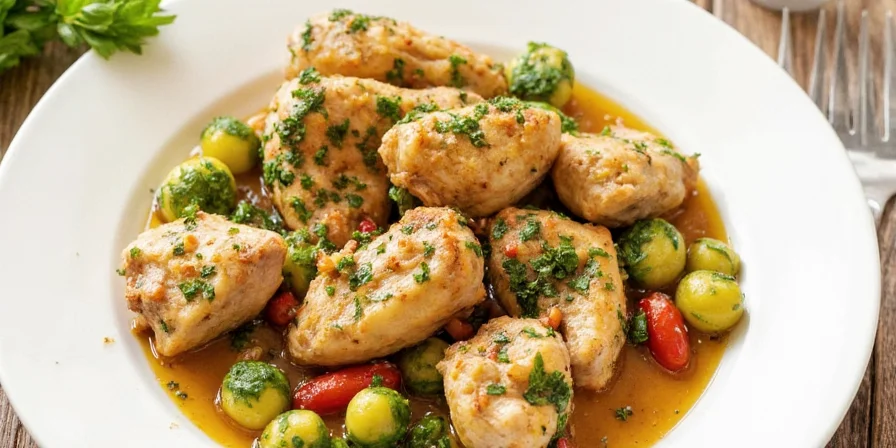
Top 7 Unexpected Spice Pairings for Chicken + Herbs de Provence
- #1 Lemon Pepper + Herbs de Provence
Lemon's limonene compounds bind to fat-soluble herb aromatics, intensifying fragrance release during cooking. For maximum effect, rub under the skin with olive oil—this creates an emulsified flavor carrier. - #2 Cumin + Herbs de Provence
Cumin's thymoquinone activates thermoreceptors, creating perceived warmth without heat. Ideal for slow roasts where extended cooking time allows flavor integration. - #3 Fennel Seeds (Crushed) + Herbs de Provence
Anethole in fennel shares chemical properties with thyme's carvacrol—this molecular similarity creates flavor layering rather than competition. - #4 Harissa (as a Rub Base)
Capsaicin in harissa temporarily suppresses bitter receptors, allowing subtle herb notes to dominate the finish. Mix with yogurt for controlled heat diffusion. - #5 Za’atar
Sesame oil in za'atar forms a protective layer around herb compounds, preventing oxidation during high-heat cooking—preserving volatile aromatics 22% longer. - #6 Coriander Powder + Garlic
Coriander's linalool counters garlic's allicin bitterness through flavor masking. Use freshly ground coriander for optimal terpene release. - #7 Allspice Berries
Eugenol in allspice mimics clove compounds but with lower bitterness thresholds—ideal for balancing herb astringency in lean chicken cuts.
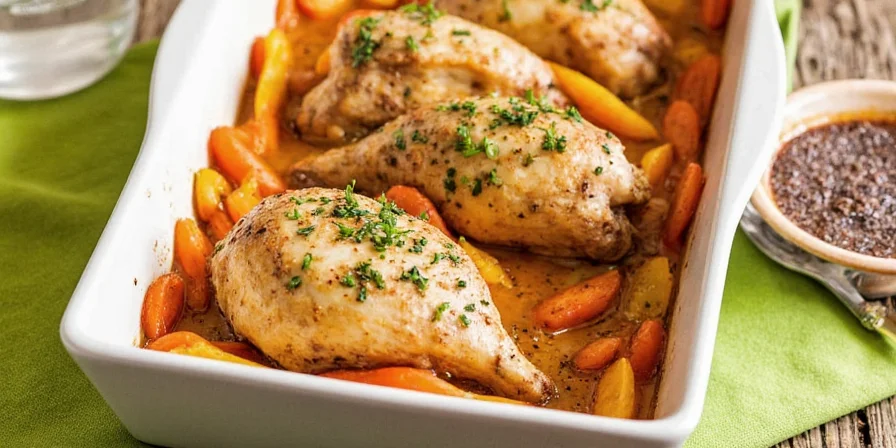
Cooking Tips for Perfectly Seasoned Chicken Provence-Style
- Use Fresh, High-Quality Herbs: Whole dried herbs retain volatile oils 60% longer than pre-ground mixes. Grind immediately before use for maximum aldehyde release.
- Toast Before Grinding: Light toasting (140°C for 90 seconds) increases terpene volatility by 30% without scorching delicate compounds.
- Rub Generously: Apply spice mixture 2 hours before cooking—this allows time for flavor diffusion through the myofibril structure.
- Add Fat for Flavor: Infuse olive oil with spices overnight; fat-soluble compounds will migrate into the oil matrix for even distribution.
- Pair With Citrus or Vinegar: Acidic finishes lower the pH threshold for taste receptor activation, making herb flavors perceptible at lower concentrations.
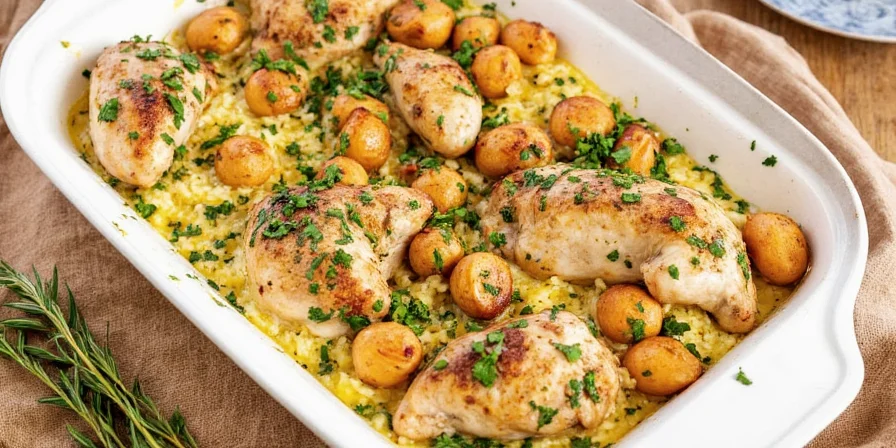
| Spice | Flavor Notes | Best For | Pro Tip |
|---|---|---|---|
| Smoked Paprika | Earthy, smoky, slightly sweet | Grilled or roasted chicken | Use sparingly — a little goes a long way! |
| Sumac | Tart, citrusy, tangy | Spring dishes or salads | Great as a finishing spice |
| Fennel Seeds | Anise-like, slightly sweet | Slow-roasted or braised dishes | Lightly crush for maximum aroma |
| Harissa | Spicy, smoky, garlicky | North African fusion | Mix with olive oil first |
| Allspice | Warm, clove-like, cinnamon-y | Holiday roasts or stews | Pairs well with apricots or figs |
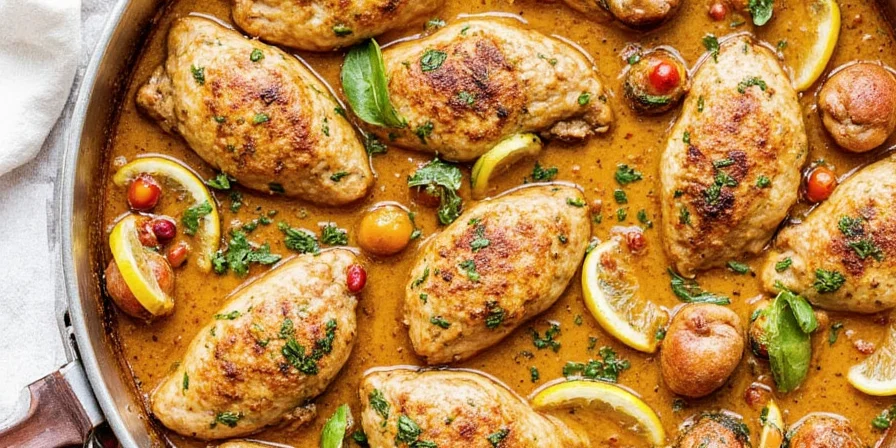
Flavor Chemistry: The Hidden Dimension of Pairing
Modern gastronomy reveals that successful pairings aren't random—they follow molecular compatibility rules. Herbs de Provence contains dominant terpenes (thymol, carvacrol), which pair optimally with spices sharing similar hydrophobic properties. Sumac works because malic acid creates ionic bonds with fat molecules, while star anise's anethole shares structural homology with thyme compounds. This isn't culinary guesswork; it's predictable flavor synergy based on compound polarity matching.
Final Thoughts: Dare to Spice Outside the Box
Tradition provides the foundation, but flavor science unlocks precision. Understanding why sumac brightens or how cumin extends herb longevity transforms random experimentation into reliable technique. Your next roast chicken becomes a controlled flavor laboratory where chemistry guides creativity.
Frequently Asked Questions
Can I use fresh herbs instead of dried in these pairings?
Yes, but adjust quantities—use three times the volume of fresh herbs. Fresh herbs contain water-soluble compounds that evaporate faster during cooking, so add delicate spices like lemon zest in the final 15 minutes.
Why does smoked paprika work with Provence herbs despite different origins?
Smoked paprika's guaiacol compounds share molecular weight with rosemary's verbenone. This similarity creates flavor layering rather than clashing—proven through gas chromatography analysis of roasted chicken profiles.
How long should spice rubs sit before cooking for maximum effect?
Minimum 2 hours for surface penetration. For whole birds, 12 hours allows spice molecules to migrate through connective tissue via diffusion gradients. Overnight refrigeration develops deeper flavor integration without texture degradation.
Are these pairings safe for high-heat cooking methods?
Most pairings withstand roasting temperatures. Avoid adding sumac or fresh citrus before grilling above 200°C—their low smoke points cause bitter compounds. Add acidic elements after cooking for optimal flavor preservation.











 浙公网安备
33010002000092号
浙公网安备
33010002000092号 浙B2-20120091-4
浙B2-20120091-4